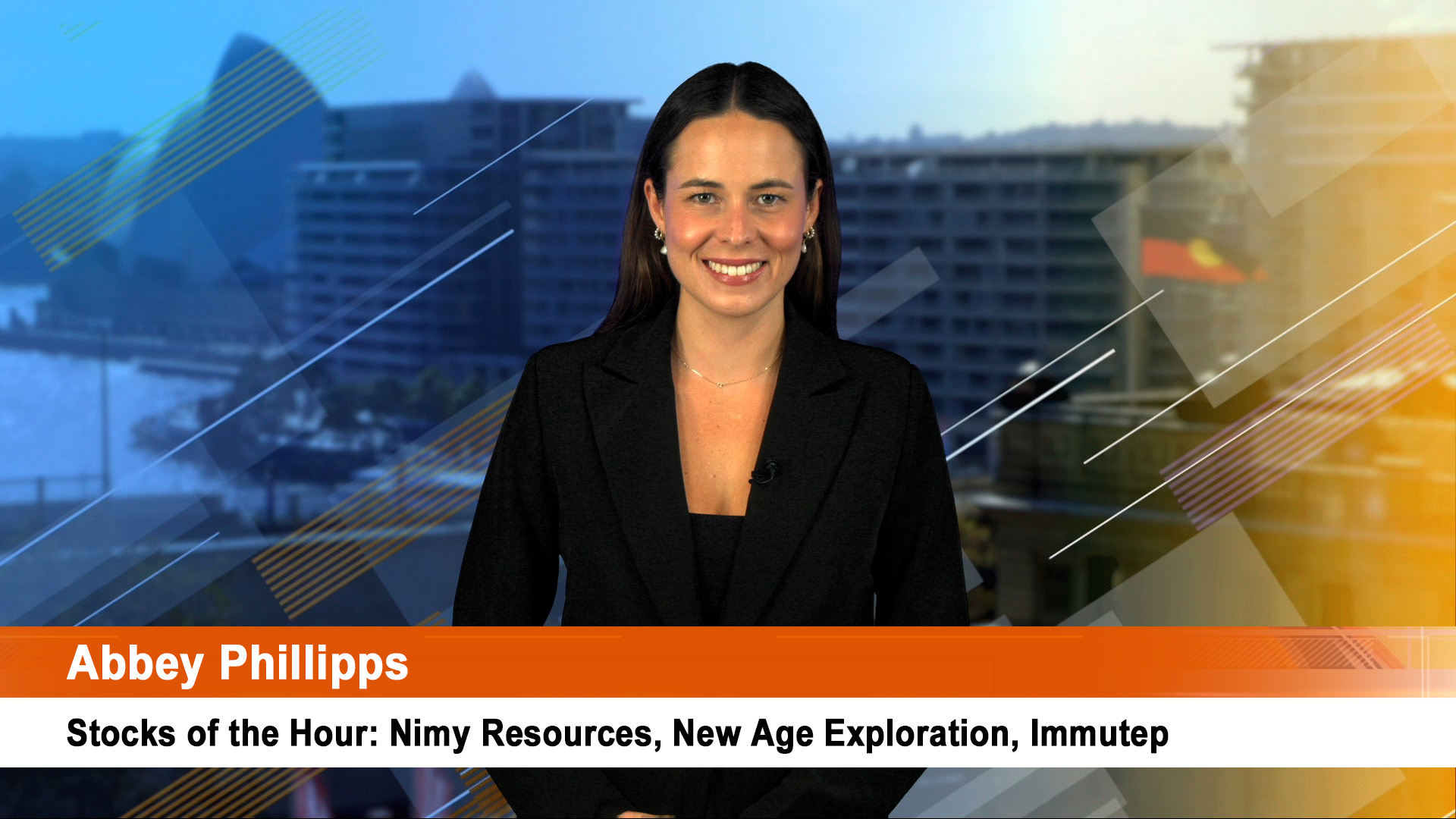Shares in Newcrest Mining took a whack yesterday after the gold and copper miner confirmed it is expecting an “adverse” financial impact from the dam wall breach at its huge central western NSW gold and copper mine at Cadia.
The shares fell more than 5% at one stage, but ended the day at $20.64, down 4% after Newcrest said it was still too early to say how big the damage to earnings and production it will be.
Gold and copper output from Cadia was on the way back from the losses caused by the Good Friday earthquake last year. production was maintained at lower than optimum levels by using mined ore reserves but by the final quarter, putout was approaching normal was expected to hit those this quarter.
In its December quarter production report the company said (http://www.newcrest.com.au/media/quarterly_reports/NCM_Quarterly_Report_Dec_2017.pdf) it was looking to produce 2.4 million to 2.7 million ounces of gold and 80,000 to 90,000 tonnes of copper in the June 2018 financial year.
Cadia’s production was forecast (before this problem) to reach 680,000 to 750,000 ounces of gold and around 70,000 tonnes of copper in the year to June as the mine recovered from the Good Friday quake in 2017 and damage to the panel mining areas.
Cadia has already produced 300,737 ounces of gold and 30,459 tonnes of copper in the December half year, down from the 374,474 ounces of gold and 38,158 tyonnes of copper for the first half of 2016-17.
Production at the Cadia mine was halted at the weekend following a breach at the tailings dam late last week but Newcrest says there has been no further movement in the dam wall since late Friday.
“Whilst it is too early in the evaluation and recovery process for Newcrest to provide an indication of the extent to which FY18 production, capital and cost guidance will be impacted, this event will adversely impact guidance for FY18 given the contribution of Cadia to the overall outcomes of Newcrest,” Newcrest said in a statement yesterday morning.
"Further updates will be provided to the market when available.
Newcrest said in its statement that it does not use substances such as mercury, cyanide and arsenic at its biggest and lowest cost mine as it moved to dampen fears of toxic chemicals being used at the mine to recover gold and copper.
"The tailings material is a slurry of finely ground rock, water and a low level of benign processing reagents. Cadia uses a gravity circuit to recover gold, with the remaining gold and copper reporting to a concentrate which is exported to copper smelters.
"Cadia does not use a chemical reduction process to recover gold – that is, the gold extraction process does not involve the use of substances such as mercury, cyanide and arsenic.
"The Cadia tailings dams have been regularly inspected, reviewed and monitored; and have been fully certified to industry standards by independent third parties.
“Geotechnical analysis has commenced on possible repair options of the failure zone.
“Work has also commenced on multiple recovery scenarios including alternative tailings locations such as the old Cadia Hill open pit, which is already the subject of a prefeasibility study to assess suitability for tailings disposal,” the company said.
“There is likely to be an impact on FY18 production given the cessation and although at this stage it is too early to quantify any potential downgrade, Cadia is the most significant contributor,” said Royal Bank of Canada in a client note yesterday.
“Longer term, however, this is not likely to have a lasting impact on the operation (in our view), although it could defer the ongoing studies about potential plant expansions.”













